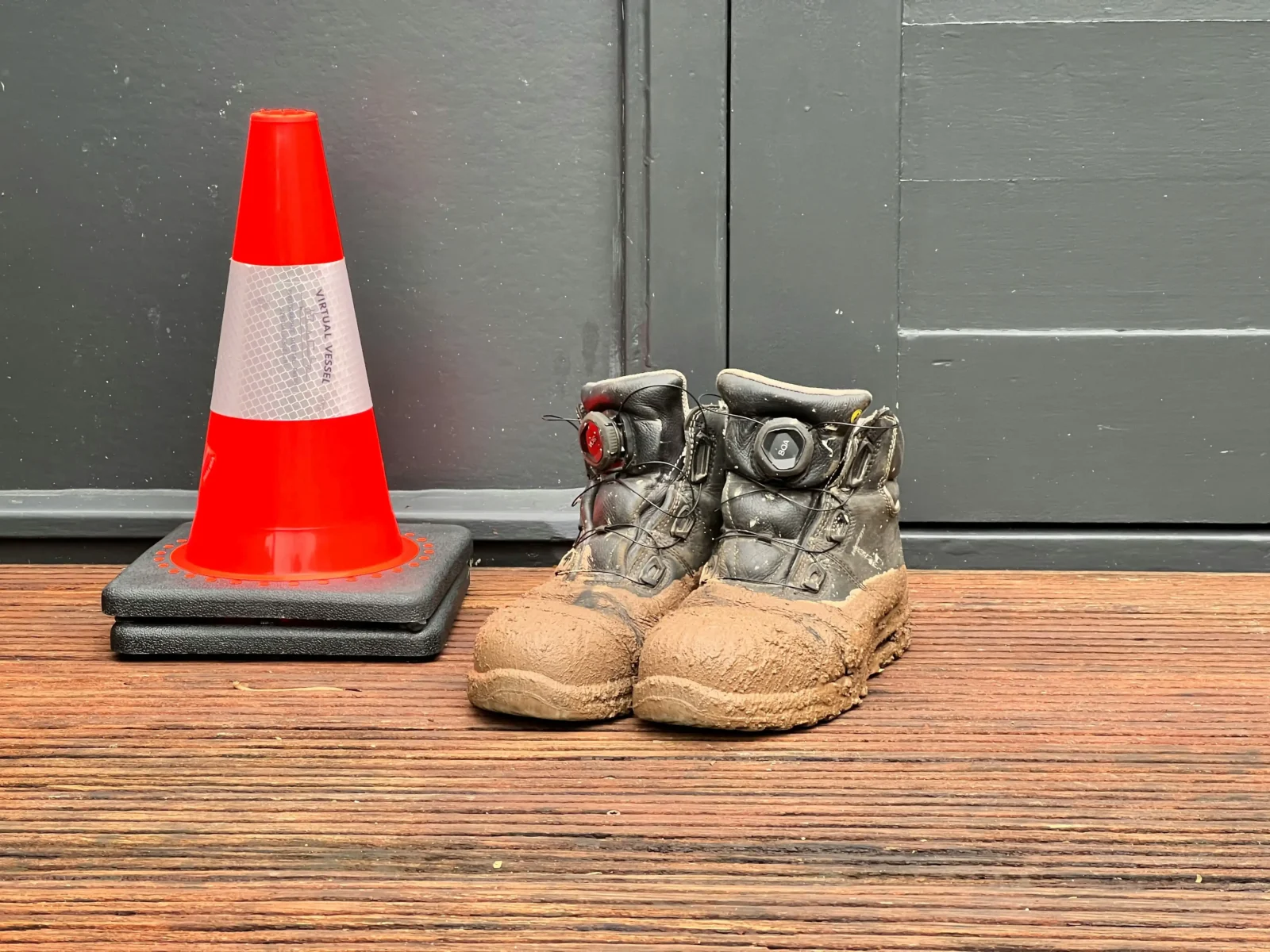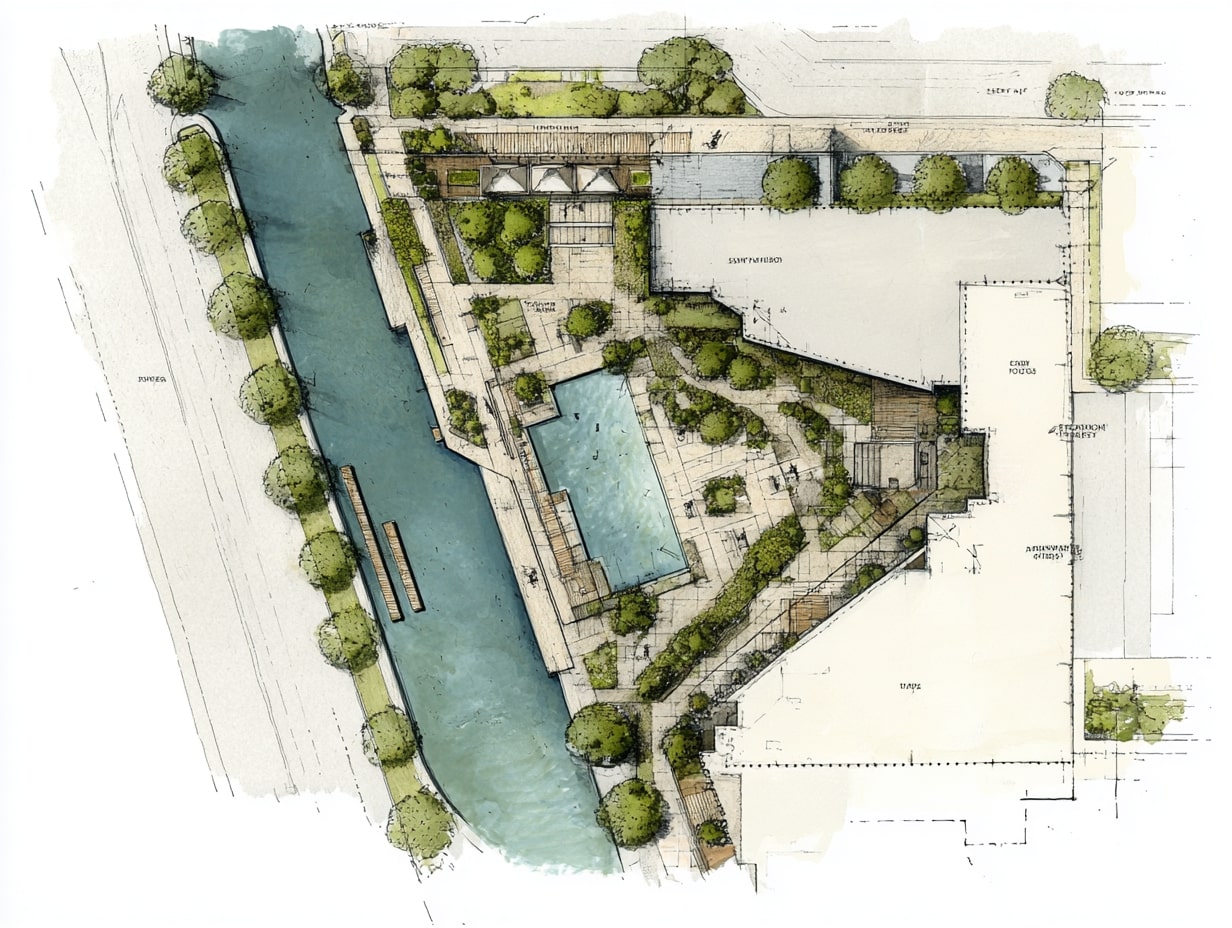- Home
- Articles
- Architectural Portfolio
- Architectral Presentation
- Inspirational Stories
- Architecture News
- Visualization
- BIM Industry
- Facade Design
- Parametric Design
- Career
- Landscape Architecture
- Construction
- Artificial Intelligence
- Sketching
- Design Softwares
- Diagrams
- Writing
- Architectural Tips
- Sustainability
- Courses
- Concept
- Technology
- History & Heritage
- Future of Architecture
- Guides & How-To
- Art & Culture
- Projects
- Interior Design
- Competitions
- Jobs
- Store
- Tools
- More
- Home
- Articles
- Architectural Portfolio
- Architectral Presentation
- Inspirational Stories
- Architecture News
- Visualization
- BIM Industry
- Facade Design
- Parametric Design
- Career
- Landscape Architecture
- Construction
- Artificial Intelligence
- Sketching
- Design Softwares
- Diagrams
- Writing
- Architectural Tips
- Sustainability
- Courses
- Concept
- Technology
- History & Heritage
- Future of Architecture
- Guides & How-To
- Art & Culture
- Projects
- Interior Design
- Competitions
- Jobs
- Store
- Tools
- More
Effective Social Media Tactics for Modern Architects to Boost Online Presence

In today’s digital age, social media isn’t just for sharing vacation photos or staying in touch with friends—it’s a powerful tool for modern architects. With the right tactics, we can showcase our designs, connect with potential clients, and build a strong professional network.
Navigating social media might seem daunting, but it’s all about strategy. By leveraging platforms like Instagram, LinkedIn, and Pinterest, we can highlight our unique style and expertise. Let’s explore how we can use these tools to elevate our architectural practice and reach a wider audience.
Table of Contents
ToggleThe Importance of Social Media for Modern Architects
Social media enables modern architects to build a credible online presence. It connects us with a wider audience, showcasing our innovative designs and expanding our influence.
Building Your Brand Online
Building a strong digital brand distinguishes us from competitors. Consistent, high-quality content on platforms like Instagram and Pinterest highlights our unique architectural style and portfolio. Engaging visuals captivate potential clients and industry peers. By sharing behind-the-scenes content, project updates, and client testimonials, we establish authenticity and trust.
Engaging With Clients
Engaging directly with clients through social media fosters stronger relationships. Responding promptly to comments, messages, and queries demonstrates our commitment to client service. Regularly posting updates and insights keeps clients informed and engaged with our work. Hosting Q&A sessions or live tours of projects provides an interactive experience, enhancing client connection and satisfaction.

Key Social Media Platforms for Architects
Leveraging the right platforms helps modern architects enhance their online presence. Each platform offers unique benefits suitable for different aspects of architectural promotion.
Instagram: Portfolio Showcasing
Instagram serves as a visual portfolio for architects. By sharing high-quality images and videos of completed projects, in-progress works, and design concepts, architects can attract potential clients and followers. Using relevant hashtags and geotags increases visibility within the architectural community and local markets. Sharing stories, IGTV, and reels can further engage the audience.
LinkedIn: Professional Networking
LinkedIn focuses on building professional networks. Architects can connect with industry professionals, potential clients, and collaborators. Sharing articles, project updates, and thought leadership content positions architects as industry experts. Participating in LinkedIn groups and discussions enhances visibility and credibility among peers.
Twitter: Industry Updates and Quick Tips
Twitter provides a platform for sharing industry updates and quick tips. Architects can follow industry leaders, stay current with trends, and participate in conversations. Tweeting insights, sharing articles, and engaging with followers fosters a knowledgeable and connected persona. Using hashtags and retweets amplifies reach and engagement.
Leveraging these social media platforms ensures architects connect with broader audiences, showcase their work effectively, and stay engaged with industry developments.

Developing a Content Strategy
Architects establish a strong digital presence by developing a compelling content strategy. Thoughtful planning helps engage audiences and demonstrate expertise.
What to Post: Ideas and Inspiration
Sharing a variety of content types keeps our audience engaged. We post high-quality images of completed projects, behind-the-scenes glimpses of our design process, and client testimonials. These visuals demonstrate our craftsmanship. Regularly share industry news and trends to position ourselves as thought leaders. Showcase awards and recognitions to build credibility. Participate in hashtag challenges relevant to architecture to reach broader audiences.
When to Post: Timing for Maximum Engagement
Post timing impacts engagement rates significantly. We analyze platform-specific data to determine peak activity times. For Instagram, mid-mornings and early evenings on weekdays tend to perform best. LinkedIn sees higher engagement from Tuesday to Thursday during business hours. Twitter users are active in the early mornings and late afternoons on weekdays. Using social media scheduling tool helps maintain consistency. Experimenting with different times allows us to identify what works best for our audience, adjusting our strategy accordingly.
Analyzing Your Social Media Performance
Tracking the performance of our social media efforts ensures our strategies are effective. Through regular analysis, we can refine our content and engagement tactics.
Metrics to Track
Key metrics provide insight into our social media success.
- Engagement Rate: Percentage of interactions (likes, comments, shares) relative to total followers.
- Reach: Unique users who have seen our posts, providing a scope of visibility.
- Impressions: Total number of times content is displayed, highlighting repeated exposure.
- Follower Growth: Net increase or decrease of followers over a specific period.
- Click-Through Rate (CTR): Ratio of users clicking on links within our posts compared to total post views.
- Conversion Rate: Percentage of users taking desired actions, such as signing up for newsletters or downloading resources.
Tools for Analytics and Reporting
Effective tools streamline performance tracking and reporting.
- Google Analytics: Monitors traffic sources and user behavior on our website linked from social media.
- Hootsuite: Offers social media monitoring, scheduling, and analytic insights across multiple platforms.
- Sprout Social: Provides in-depth analytics, engagement metrics, and reporting features.
- Buffer: Allows scheduling and analysis of social media posts’ performance.
- Iconosquare: Specializes in Instagram and Facebook analytics, optimizing content strategies for these platforms.
Regularly using these tools and analyzing relevant metrics helps optimize our social media tactics, driving better engagement and achieving our goals.
Leveraging Social Media for Project Promotion
Architects use social media to showcase projects and gain new clients. Effective strategies amplify reach and enhance reputations.
Case Studies and Success Stories
We highlight case studies and success stories to demonstrate our expertise. Sharing before-and-after images, project timelines, and client testimonials builds credibility. For instance, we posted a renovation project on Instagram, showing transformation photos, which resulted in a 30% increase in inquiries. Highlighting awards and recognitions also attracts attention from prospective clients and industry peers.
Collaborations and Features
Collaborating with influencers and industry leaders boosts visibility. We partner with interior designers and real estate developers, sharing joint projects on platforms like Instagram and LinkedIn. For example, a collaboration with a renowned interior designer on Pinterest led to a spike in engagement, gaining 500 new followers in a week. Features in online magazines and blogs further extend reach. Tagging and mentioning collaborators increases chances of being featured on their feeds, driving mutual traffic.

Conclusion
Social media’s role in an architect’s marketing strategy can’t be understated. By consistently sharing quality content and interacting with our audience, we can amplify our reach and visibility.
Modern architects benefit from using platforms like Instagram for visual inspiration, Pinterest for portfolio showcases, LinkedIn for professional networking, and Twitter for real-time updates. Each platform serves a unique purpose that contributes to a holistic digital presence.
Collaborating with influencers and featuring in online publications taps into broader networks, driving traffic and reputation-building. Showcasing our projects, case studies, and success stories adds credibility and attracts potential clients.
We should create and maintain a robust content strategy, focusing on our unique design perspectives and project insights. This way, our social media efforts not only engage but also inform and inspire our audience.
- architects digital marketing strategies
- architects online presence
- architectural firm social media
- building a brand for architects
- effective social media tactics architects
- modern architects social media strategies
- social media branding for modern architects
- Social Media for Architects
- social media marketing for architects
A licensed architect with hands-on studio experience, I translate complex design ideas into clear, engaging stories for a global audience. As a seasoned content writer and editor, I craft articles, project features, and thought-leadership pieces that illuminate emerging technologies, sustainable practices, and cutting-edge design trends—always with an architect’s eye for detail, accuracy, and narrative flow. My goal is to bridge practice and publication, giving fellow professionals and curious readers alike the insight and inspiration they need to push architectural boundaries.
Submit your architectural projects
Follow these steps for submission your project. Submission FormLatest Posts
Shipping Containers as Functional Infrastructure on Construction Sites
Construction sites are temporary by definition, yet the systems that support them...
Understanding Site Safety Footwear in Architectural Practice
Architecture is often discussed through drawings, models, and finished buildings, yet a...
General Arrangement Drawings in Architecture: The Backbone of Clear Design Communication
General Arrangement Drawings explained: what they are, when to use them, how...
The Ultimate Guide to Fencing in North Dakota: Choosing the Best Fence for Your Property
Watching a chain link fence twist in 70 mph winds near Minot...













Leave a comment